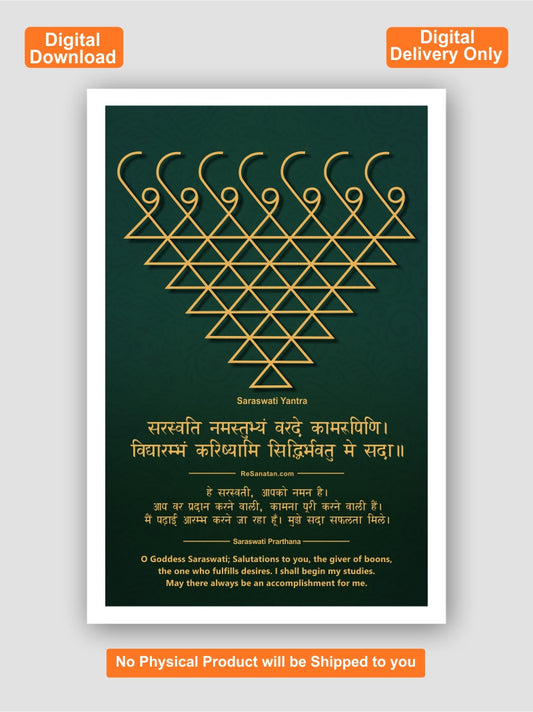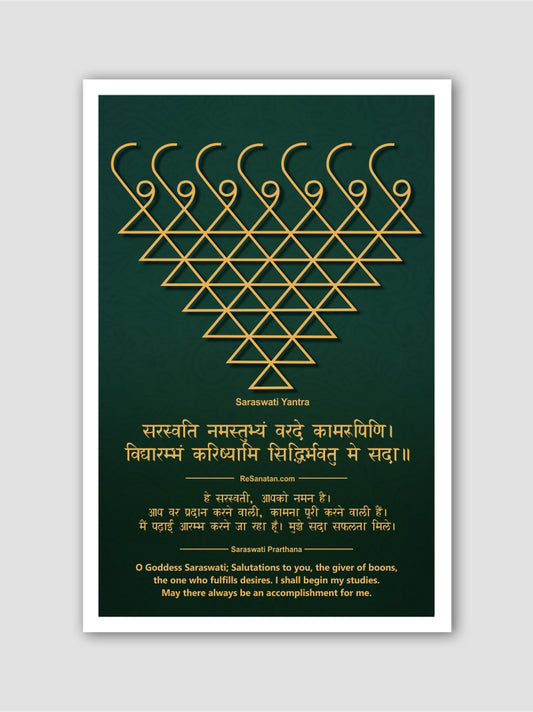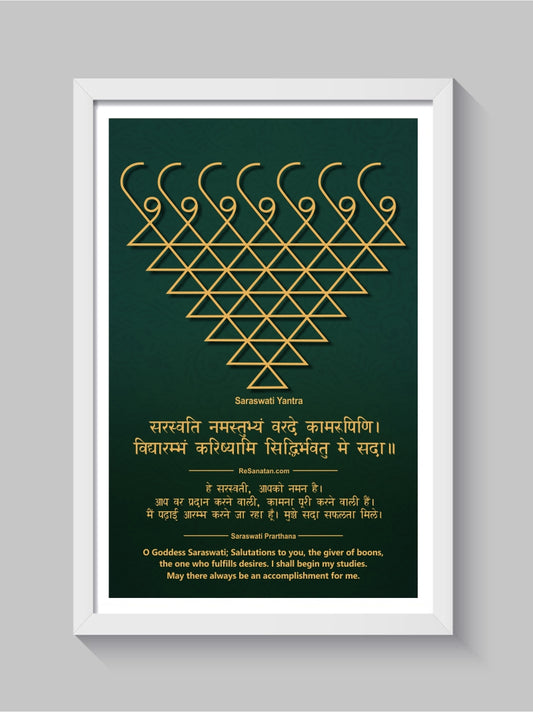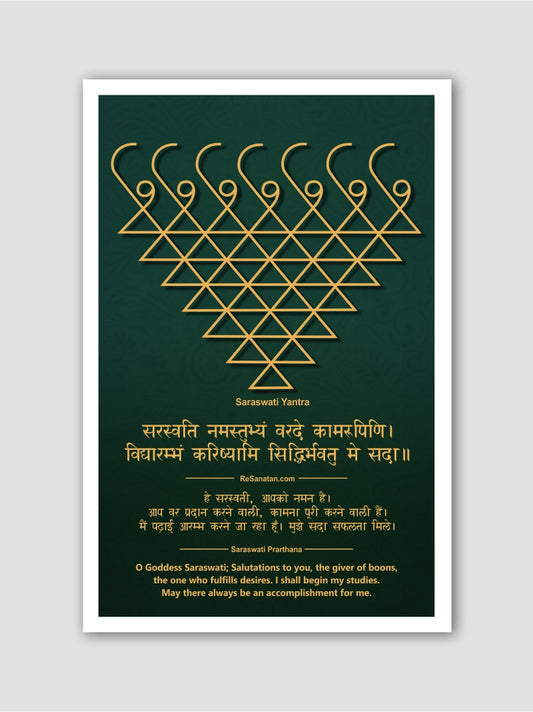The Bhagavad Gita, one of the most revered scriptures of Hindu philosophy, has long been regarded as a spiritual and philosophical guide for humanity. Yet beyond its ethical and metaphysical teachings, the Gita also contains profound insights that intriguingly align with principles later discovered and validated by modern science. While the text was never intended to be a scientific manual, its verses reflect timeless truths that continue to resonate with contemporary understanding of the universe, matter, life, and consciousness.
This article explores the scientific facts embedded in the Bhagavad Gita and their striking parallels with modern discoveries.

Conservation of Energy and Matter
One of the most remarkable scientific parallels in the Gita is its assertion of the indestructibility of the soul. In Chapter 2, Verse 16, Krishna states:
"That which is unreal (temporary) has no existence, and that which is real (eternal) never ceases to exist."
This declaration strongly echoes the Law of Conservation of Energy in modern physics, which posits that energy and matter cannot be created or destroyed but only transformed from one form to another. Just as science recognizes that matter persists through continuous transformation, the Gita describes the eternal nature of the soul—unchanging, indestructible, and everlasting.
Unity in Diversity
The Gita emphasizes the interconnectedness of all beings and elements in existence. In Chapter 7, Krishna identifies eight separated energies: earth, water, fire, air, ether, mind, intellect, and ego. These categories parallel the foundational understanding of matter and forces in modern science.
Today, atomic theory and molecular biology confirm that diverse life forms and material entities are all manifestations of fundamental elements and energies. The Gita’s vision of unity amidst diversity thus aligns with the scientific principle that all matter originates from the same building blocks, reflecting a universal connectedness.
Cyclical Patterns in Nature
The Gita also highlights the cyclical nature of existence. Ancient Indian thought consistently recognized cycles in nature—whether the water cycle, the changing seasons, or the grand cosmic cycles of creation and dissolution.
Modern science corroborates these ideas, explaining ecological processes such as the carbon cycle and water cycle, and cosmological models like the expansion and potential contraction of the universe. The Gita’s holistic worldview of matter and energy continuously recycling aligns with the scientific principle that nature sustains itself through endless renewal.
Quantum Consciousness and the Eternal Soul
Perhaps the most profound intersection of science and scripture lies in the Gita’s teaching about consciousness. The text insists that consciousness (the soul, or Atman) is eternal, pervading the physical body yet transcending it.
Modern neuroscience and quantum theory have yet to fully unravel the nature of consciousness. However, emerging theories suggest that consciousness may not be confined to biological processes alone. The concept of quantum consciousness—that awareness might exist at a fundamental, non-local level—resonates with the Gita’s vision of the soul as a timeless, universal presence beyond material confines.
Meditation and Mindfulness
The practice of meditation is deeply embedded within the Gita’s teachings, presented as a path to self-realization and inner stability. Today, modern psychology and neuroscience validate these practices, showing that meditation and mindfulness improve stress regulation, emotional balance, and cognitive function.
Studies reveal that meditation reshapes brain activity, enhances focus, and promotes overall well-being—scientific confirmation of what the Gita prescribed thousands of years ago as a means to harmonize mind, body, and spirit.
Scientific Temperament of Inquiry
The Gita not only provides answers but also encourages inquiry. Krishna consistently advises Arjuna to discern truth through wisdom, reason, and personal reflection rather than blind acceptance. This mirrors the scientific method, which thrives on rational questioning, observation, and experimentation.
By advocating for discernment, the Gita fosters a mindset aligned with critical thinking and discovery—an essential foundation for both spiritual progress and scientific advancement.
Conclusion
The Bhagavad Gita transcends time as a spiritual masterpiece, yet its wisdom extends into the scientific domain as well. Its reflections on the indestructibility of matter and energy, the unity of all existence, cyclical patterns in nature, the enigma of consciousness, and the transformative power of meditation harmonize with modern scientific understanding.
While science continues to evolve, the Gita’s insights remain steadfast—reminding us that true wisdom bridges both the material and spiritual worlds. Far from being limited to a religious context, the Bhagavad Gita stands as both a spiritual and intellectual guide, affirming that eternal truths can be recognized across disciplines, cultures, and eras.


























